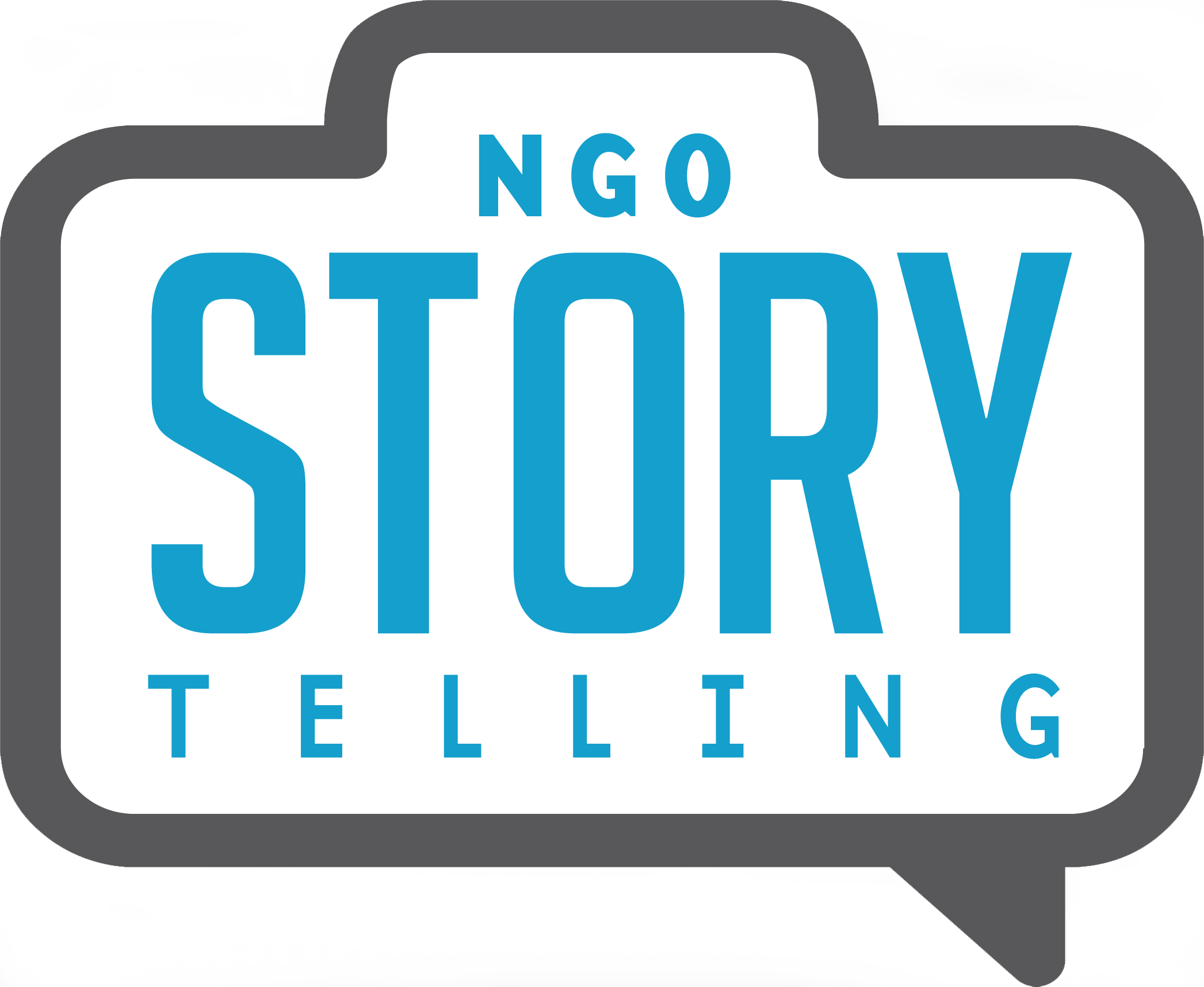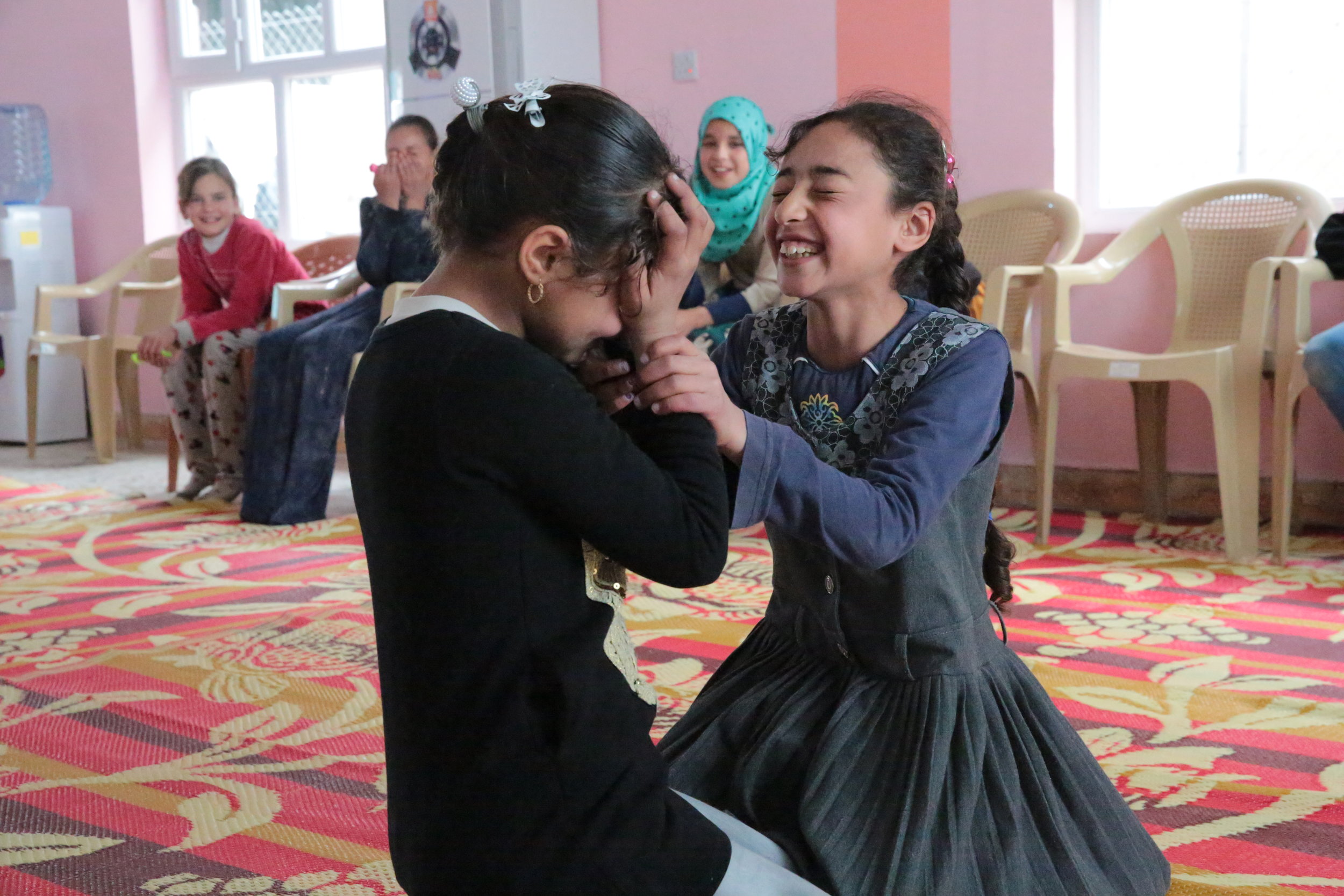Real Nonprofit Stories: Webdoc on Iraqi Refugees by Terre des Hommes
This is a collaborative interview with the video project manager and the social media manager for the nonprofit Terre des hommes on their recent web documentary on Iraqi refugees entitled Heartbeats at Mosul's Gates. Joakim Löb is the Digital & Video Project Manager at Terre des hommes. He's based in Switzerland and has been working in Terre des homme's communication team for the last 4 years.Isabel Zbinden is Social Media Manager and Editor at Terre des hommes. She is based in Lausanne, Switzerland and has been working in the communication's team since 2015.
You recently submitted a web documentary you created for Terre des hommes called Heartbeats at Mosul’s Gates to be published at NGOStorytelling. Why did you decide to do a web documentary idea and how is it important to your nonprofit’s mission?
Isabel: Given the situation in Iraq and our scale of operations there, we needed more than our standard news places to show the story of the children we help there.
Who came up with the web documentary idea?
Joakim: I did. I believe that web documentary is a great tool to explore stories and allows our online visitors to question their way of thinking by involving them in an immersive web experience. One page websites have proven to be more than just a trend and are embraced by even the largest organizations. This is due in part to the simplicity of use and ability to focus the attention of the user on one, or very few, topics. We also chose this format because we could quickly create a one-page static website as we needed to act fast since the conflict in Iraq is evolving every day.
This webdoc helps the audience to better understand different aspects of our work in Iraq, show the children’s/families’ perspective, the dangers they face, the risks taken by our staff, all of this using text, pictures and videos together. The audience/donors get the big picture.
What kind of media coverage did you get with the web documentary? Can you share any links for media hits they got in English and other languages?
Isabel: Our project was mentioned by Irinnews: https://www.irinnews.org/feature/2017/07/25/iraqi-siege-you-ve-never-heard
And a report in Marie-Claire: https://www.tdh.ch/fr/article/n%C3%A9s-au-pays-de-daech
The webdoc was retweeted by ReliefWeb: https://twitter.com/reliefweb/status/880352811648724992
Caption: In Al Sherqat, on the frontline of the battle with ISIS, hundreds of people cross the river every day to flee the conflict. Terre des hommes is the only NGO to receive these people on the shore of the Tigris river. We set up a receiving center where we give families emergency kits with food and water as soon as they arrive. Children can then join our child friendly space which is the only center where children can play again and have school lessons. It's wonderful to see them play with toys again, sometimes for the first time in more than 2 years
How much freedom did the production team have to collect the stories? How was the photographer involved in the story collection process? Did she/he advise the organization on what stories would work best for this specific media? Did she/he have the flexibility to seek out additional stories while on the ground?
Joakim: I went to Iraq for 2 weeks, with two other videomakers. Before I left, we planned and discussed the kind of videos, pictures and stories we needed, even though there is a lot of improvisation during the report. In the field, I was completely free to take pictures and collect stories I felt were inspiring and worth telling. We wanted to let the children speak for themselves without forcing them to say anything special or act a certain way. We were all day in the field, visiting our projects, so we had time to sit and talk with them, it was very natural. I’ll never forget how happy the children were to express themselves and share their stories to me. I met children who went through things that I’ll never experience in my life and already talked like adults about it, in a very calm way. They are a real inspiration to me.
How did you select the stories you used and how many stories did you leave out in the final edit?
Isabel: The team brought back a lot of beautiful stories and pictures. It was hard to choose, but out of around 15 different stories, we kept the 5 most impactful stories for our webdoc and videos.
Is there any quantifiable data that you can share about how the media impacted your company. For example, did the media created raise a certain amount of money, have significant engagement on social media, or recruit a certain number of donors for your organization?
Isabel: Since the launch of the webdoc, around CHF 1’500 (1555 USD) have been raised online through our website and 2 MyTdh campaigns. An entire print magazine was made around these stories and has been sent out a recently to thousands of existing donors in Switzerland.
The webdoc and videos have been directly used by our program team to promote our work to our big donors in Iraq (ECHO, USAID, etc.) and negotiate new projects funding for the coming years.
We were very happy with our followers’ engagement on social media. Our posts on Facebook got a total of 540 reactions/comments/shares and 600 clicks.
Caption: In Tikrit, a building under construction is used to temporarily house children fleeing the conflict. Our teams help them reclaim their childhood.
Isabel: Inside our organization, they absolutely loved this new format, which bring us closer to the field than ever. We had many people sharing the webdoc to their friends and relatives, but Joakim also has been asked to present the webdoc and the videos to our Council of Foundation and volunteers.
Our public audience also liked this modern and fresh way to showcase our projects for children in Iraq. It changes from the classic “Picture + text” news. We had many positive comments on social media, especially on Facebook:
We highly recommend check out the full Heartbeat’s at Mosul’s Gates web documentary for yourself. Do you have a media piece that you’d like us to share on NGOStorytelling? Check out our submissions page and send us a note at hello@ngostorytelling.com
Photos ©Tdhommes. All rights reserved.




